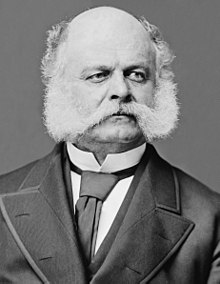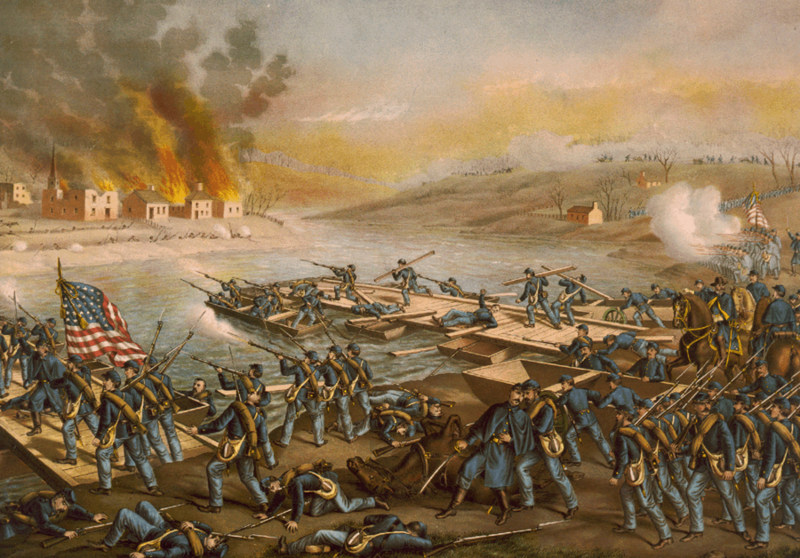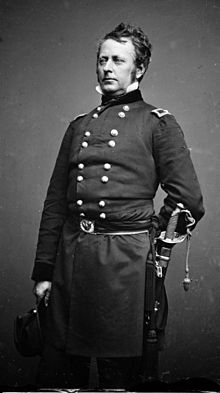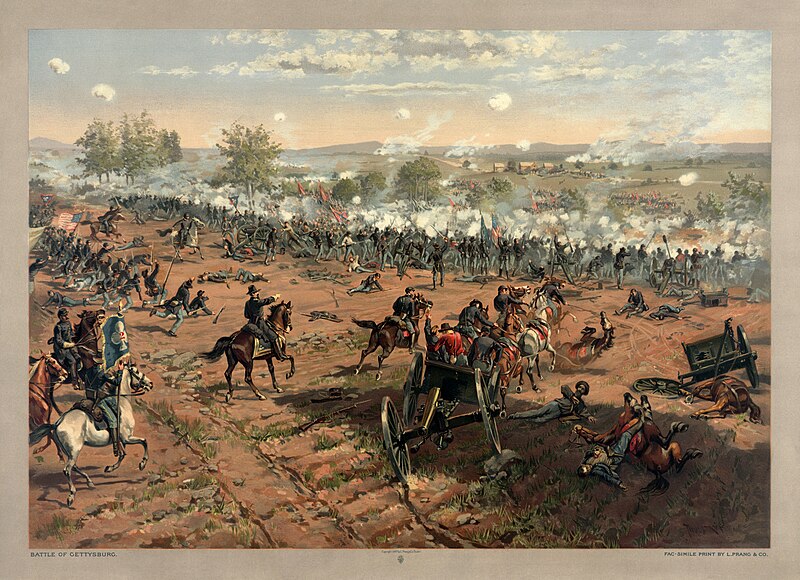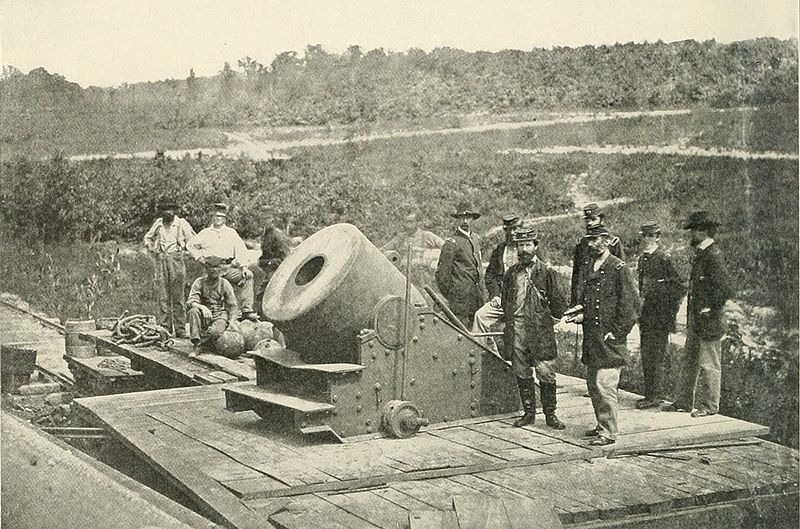1862-1864: A World Divided
After the unification of his nation, Smith drew his forces to Dutch and British borders and continued to pump stimulus into the economy. On January 1st, 1862, the Second Victorian War was declared -- a war which nobody would expect would form into a World War.
American forces amphibiously invaded Melbourne that same month, with a loss of a cavalry division leading the charge.
During which, Smith continued colonization projects: he founded Fort Smith north of Japan, as a military base for operations both in Russia, Manchuria, and Japan, as well as a trading post for oil and crab.
In order to solidify relations with Turkey, and promote egalitarianism and democracy around the world, Smith sent diplomats to Turkey to discuss a government which resembled the United States. It was accepted, and America found a strong, democratic ally.
Thailand, a weak nation that had declared war with Britain months ago over their expansion from Hong Kong and Singapore, received vast amounts of American aid and technology in exchange for an alliance.
By July, The Second Victorian War formed into the Great War. Russia, recently overthrown by Marxists, declared war on the United States to halt American influence from reaching Europe or the Middle East. This brought into the war Austria and Poland. America's allies, Turkey and Thailand, also joined this theater of war.
American forces soon stormed Dutch-controlled Cape Town. The next year, an alliance was made with Germany and Tasmania was captured.
Sweden had recently rose from anarchy during this time, and united the Scandinavian countries -- becoming enemies with Russia for their support of Finnish independence. Gerrit Smith used the treasury to aid Sweden, convincing them to become strong friends with the United States and be democratic.
In July 1863, Gerrit Smith traveled to Canada during the Attack on Winnipeg to give a stirring speech in which he promised them victory, salvation, respect, and honor. The battle began with cannons blasting through Canadian machine guns and infantry. After the loss of three cannon divisions, infantry moved in and captured the city; defeating their three infantry, one machine gun, and one cavalry divisions.
Meanwhile in the African Theater of the war, American forces annihilated the weak Ethiopian army, capturing nearly all their coastal cities before the end of Smith's first term. General Grant, who was leading the African side of the war, used a combination of distraction, blockade, pillaging, and surprise amphibious invasions.
John C. Fremont, former candidate for presidency and current General of the West United States, gained national fame as his lone infantry divisions north of Idaho defeated a cannon division and held off both a cavalry division and an infantry division.
During the end of his term, the war over Britain's colonies seemed to be very effective, with Australia's only major defense left being Sydney (in which three infantry and two cannon divisions await orders to attack) and Canada nearly captured. Smith, recently repairing relations with reconstructed Spain, states that he wishes to continue the war as he sees it being a war between democracy and authoritarianism. He states that when the Great War is finished, the American economy, which currently is in a near depression, which skyrocket.






